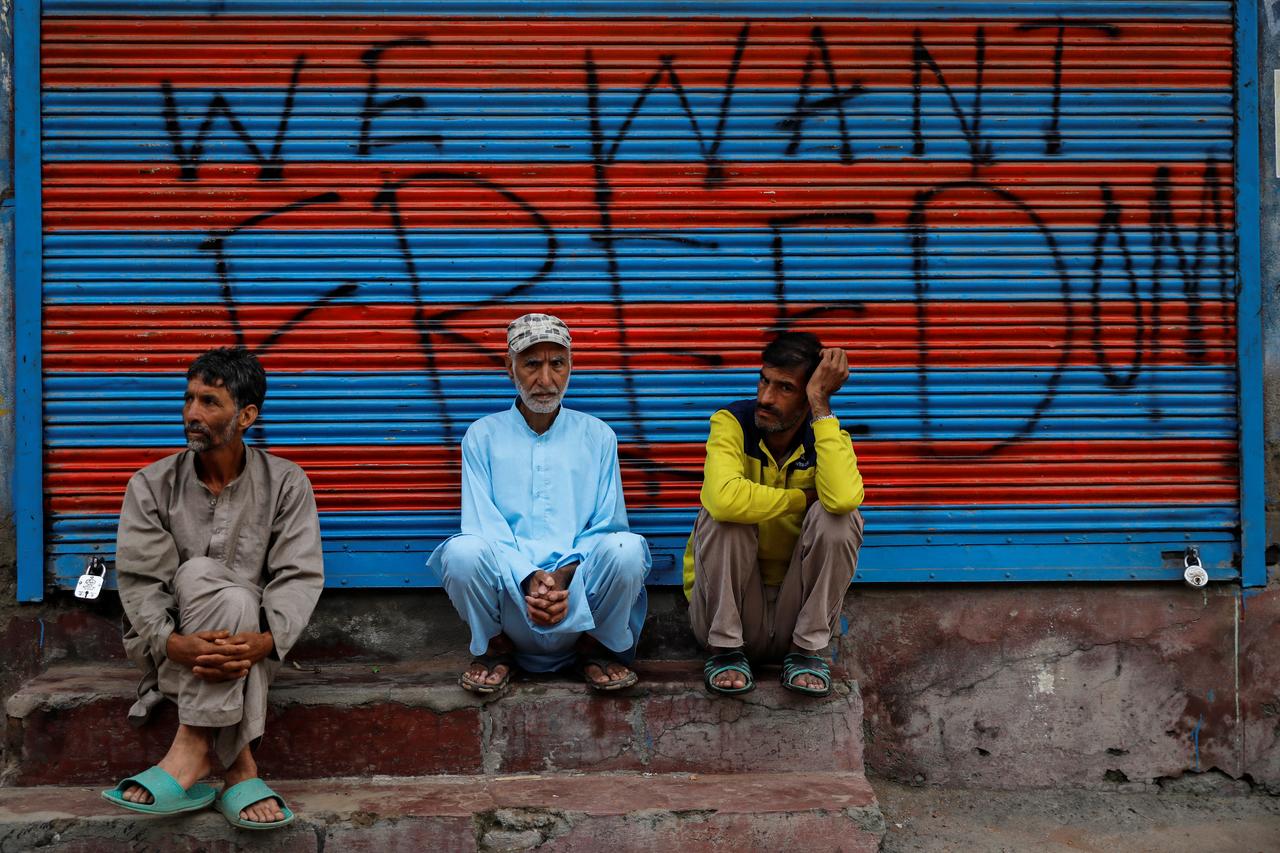
Four months after India and Pakistan agreed to a ceasefire along the Line of Control (LoC), the latest meeting of Prime Minister Narendra Modi with nine pro-India political parties from Indian Illegally Occupied Jammu and Kashmir (IIOJK) had sparked hope that concrete steps may follow to ensure the course of justice in the region.
But, analysts and politicians in the region believe the Modi government's insistence on the delimitation of assembly constituencies, rather than confidence building, has raised fears that the Muslim population in the disputed territory may be further disempowered by granting more seats to Hindu areas to benefit the Hindu nationalist the ruling Bharatiya Janata Party (BJP).
The erstwhile state of IIOJK that comprised Jammu, Kashmir and Ladakh was the only Muslim-majority state in post-independence India.
The leaders of nine parties had arrived in New Delhi on June 24 at the invitation of PM Modi to convince him to reverse or at least modify the decisions taken on Aug. 5, 2019.
The Modi's government had not only revoked IIOJK's constitutional autonomy but also divided the region into two centrally administered territories, thus accepting a half-a-century-old demand of hardline Hindu nationalists led by the Rashtriya Swayemsevak Sangh (RSS), who wanted a complete merger of this Muslim-majority region into the Indian Union.
Therefore, the priority for these pro-India political leaders, who were put under detention soon after these measures, was to seek the return of statehood, restoration of a semblance of autonomy, putting a stop to alleged demographic changes in the event of abrogation of local citizenship law, restoration and elections to the regional assembly so that a political structure is allowed to govern the region rather than leaving it to the mercy of non-local bureaucrats.
Read more: India’s settler colonialism in Kashmir
But at the meeting, Home Minister Amit Shah clearly spelled out to them a road map, which in the order included: undertaking an exercise of delimitation for assembly constituencies; conducting elections based on new demarcations; and allowing the new assembly to adopt a resolution requesting the Indian parliament to return statehood to the region.
Once this exercise is completed, the Indian home ministry will draft and then present legislation to the parliament.
Truncated powers
Observers say that even if statehood is restored, it will be with truncated powers, where law and order and the transfer of bureaucrats may remain in the domain of the central government. Therefore, they believe that IIOJK's chief minister, which used to hold the seventh rank under the official protocol list of the Indian government, will be pushed to rank 15.
For the return of the revoked provisions of Article 370 that ensured a degree of autonomy and Article 35A that ensured a separate citizenship law for the region under the Indian constitution, Shah conveyed that since the Supreme Court of India has already admitted petitions against the government's decision, the matter was sub judice and therefore prohibited from the discussion.
While in the rest of India, the exercise of fresh demarcation of electoral boundaries will take place in 2026, the government set up a commission under former Supreme Court Judge Ranjana Desai in March 2020 to redraw the boundaries of provincial assembly seats in IIOJK, along with northeastern states of Assam, Manipur, Arunachal Pradesh, and Nagaland.
When the commission's term was extended for another year in March 2021, northeastern states were removed from its terms and references, meaning it will now only demarcate the boundaries of IIOJK.
Also read: Time to end this human tragedy and resolve Kashmir issue: COAS
The move has created suspicion that the central government, under the influence of Hindu nationalists, has singled out the region to reduce assembly seats of the occupied Muslim-dominated Kashmir valley or equalise it with the Hindu majority Jammu region -- a demand propounded by Hindu groups since 1950.
Legal luminary and opposition Congress party leader Kapil Sibal said an exercise of delimitation of constituencies tends to favour the ruling establishment even though it is being headed by a distinguished judge.
"If the delimitation process takes place in a non-transparent manner to ensure that the BJP's political presence has greater chances of success, the confidence sought to be built will be eroded," he said.
Government defends delimitation
However, government circles argue that delimitation is required because the parliament passed the Jammu and Kashmir Reorganisation Act on Aug. 5, 2019, increasing the effective strength of the assembly from 87 to 90 members. Ladakh, now a separate central-administered territory, had four seats in the erstwhile assembly.
IIOJK's assembly boundaries were last redrawn in 1995, based on the 1981 census, when the state was still governed by its own constitution.
The Delimitation Commission was unable to conduct its work because the major political party National Conference (NC), which has three members in Lok Sabha, or the lower house of Indian parliament, had boycotted its proceedings. The lawmakers were ex-officio members of the commission. The biggest achievement of the June 24 meeting was the NC's consent to participate in the further proceedings.
In parliamentary democracies, the worldwide practice is to demarcate electoral constituencies based on population distribution. The official 2011 census recorded a population of 6.8 million in the occupied valley and 5.3 million in the Jammu division. Based on population distribution, the IIOJK division had 46 seats -- nine more than Jammu which used to have 37 representatives in the assembly.
But, the BJP had proposed the commission use geography as criteria rather than population, while demarcating boundaries of new assembly segments. Union Minister Jitendra Singh, who is also an ex-officio member of the commission, stressed in his presentation that the Jammu region comprises 26,293 square kilometres (10,152 square miles) against the 15,520 square kilometres of the occupied Kashmir valley and thus deserves more seats.
But, analysts say that even if the seats of the Jammu region increase based on geographical criteria, they will increase in the region's two Muslim majority sub-regions of the Chenab Valley and Pir Panchal. Both of these regions have sparsely populated large mountainous belts. The population of the Jammu region is also not homogeneous, with 31% Muslims, 18% Dalits, 25% Brahmins, 12% Rajputs, 5% Vaishyas, or business community members, and 9% others that include the Sikh community.
Proposal to reserve seats
There is also a proposal to reserve 18 seats for lower-caste Hindus, known as scheduled castes or Dalits, and tribal groups.
Since the government has distributed an equal number of district development councils to both regions, defying population criteria, it is also expected that the same formula will be used to distribute 45 assembly seats to each region. The reserved seats are also expected to be distributed equally.
According to political observers, this new scheme of adding seats to the Jammu region and reservation of seats, besides other measures, will limit Muslim representation in the new assembly below 50%. This will forever end political domination of the disputed territory or Muslims in the regional assembly.
Noted journalist and analyst Anuradha Bhasin Jamwal believes that by giving preference to the agenda of delimitation over confidence building, the Modi government has given the message that people do not really count on its idea of democracy.
"The only thing that counts is the delimitation of constituencies in IIOJK and this is being peddled as the very elixir of democracy," she said.
Bhasin added that it is not difficult to understand that New Delhi's obsession with the delimitation exercise while evading other commitments stems from a desire to carve out more Hindu-majority constituencies to the benefit of the BJP.
Reduced number of Muslims in bureaucracy
The number of Muslims in the region’s bureaucracy has already been reduced over the years. According to IIOJK government figures, out of 24 secretaries in the region, just five are Muslims, with only 12 Muslims out of 58 top-serving officials. In the second tier of bureaucracy, Muslims make up just 42%. Among police, only seven of 66 top officers are local Muslims, despite making up 68.5% of the region's total population.
This formula to reserve Muslim-dominated seats for Dalits has been practised in many Indian states over the past years in an alleged bid to keep Muslim representation in legislatures in check.
In 2005, the official Justice Rajinder Sachar Committee had pointed out this issue and had recommended reserving only those seats for Dalits, where they comprise nearly 30%.
In Uttar Pradesh's (UP) Nagina Lok Sabha seat, which is reserved for Dalits, Muslims comprise 43% and Dalits 22% of the electorate. A Muslim cannot contest elections from this seat. In contrast, the nearby Dhuririya seat, where Dalits make up 30% and Muslims are fewer in number and should have been reserved is in a general category.
Ghazala Wahab, a prominent security analyst and executive editor of Force magazine, said the delimitation exercise was aimed at making Jammu more amenable to the BJP.
"While the seat share between occupied Jammu and Kashmir may be rationalised, the larger purpose is to ensure that in no constituencies of the Jammu division should Muslims become a decisive vote. Once this is achieved, it is likely that Jammu will be declared a state; Kashmir will continue to be a UT because of the security situation," she added.
Repeating history
By selling elections and restoration of assembly as the return of democracy to the world, rather than taking credible measures, the Modi government is repeating the events of 1994, when then-prime minister Narasimha Rao had assured Iran credible steps on IIOJK if the country saves New Delhi from the ignominy it was about to face at the UN Human Rights Commission.








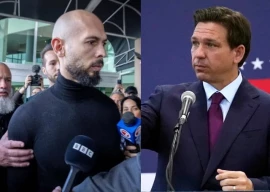





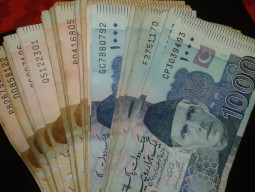

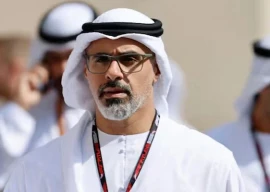
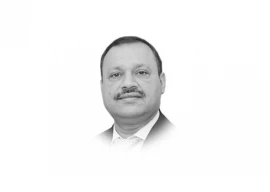





COMMENTS
Comments are moderated and generally will be posted if they are on-topic and not abusive.
For more information, please see our Comments FAQ